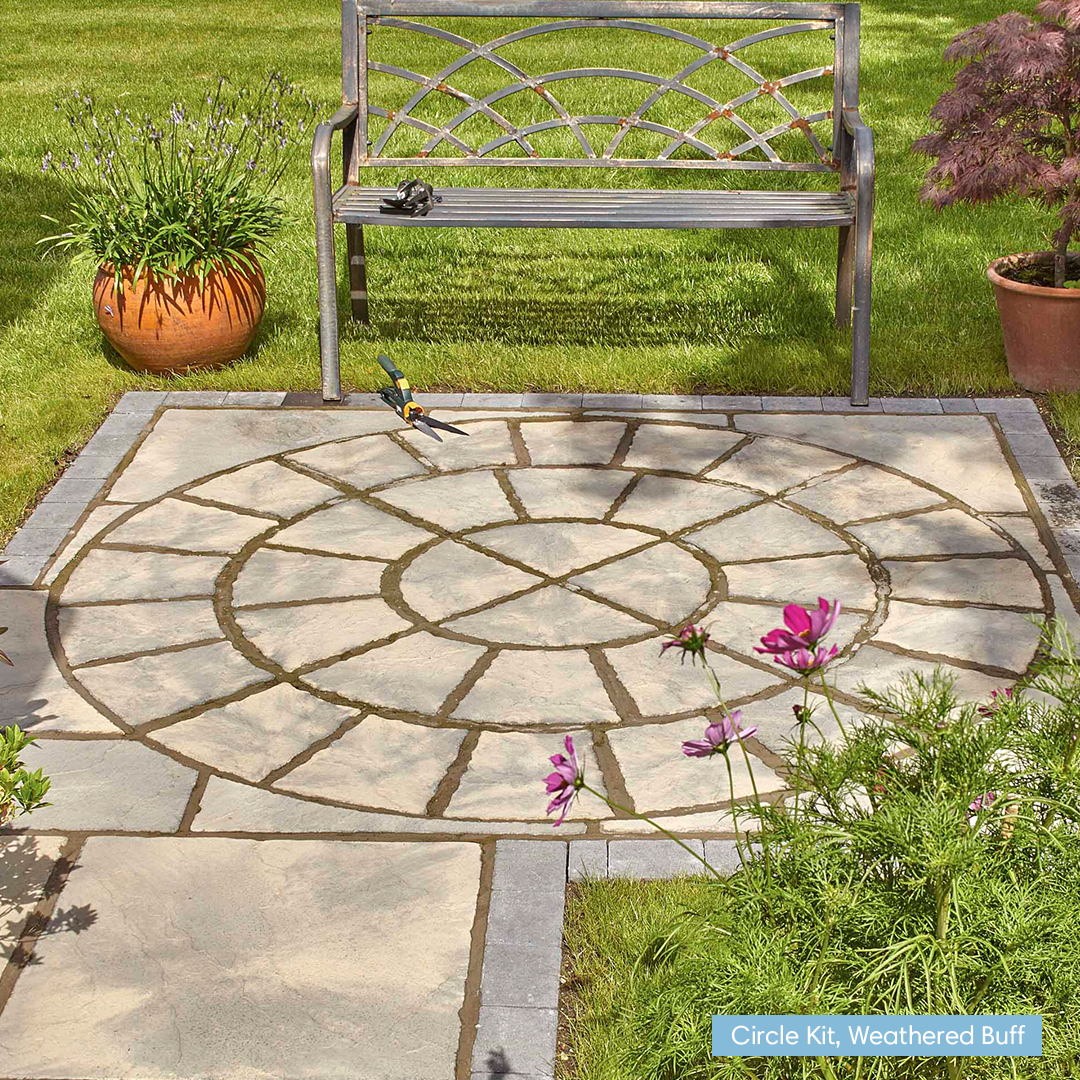Selecting Your Paving
There are many types of paving available today, but rather than select something simply because you like the look of it you should first make sure it is suitable for the job.
In order to help you choose the best possible product for your requirements we’ve put together some useful paving tips & advice to set you down the right path.
Driveways
Concrete Block Paving
Most driveways only require 50mm block paving as most people only use cars on them and are of a simple drive on, reverse off design. However, if you have any particularly heavy vehicles or vans on your driveways, you may need to consider 60mm or even 80mm paving. You should also consider 60mm if your drive layout means you might be making lots of turns as this could cause thin blocks to twist and move.
Interpave, the trade association for concrete paving manufacturers, offer the following guidance:
Light usage: 50mm blocks for driveways, patios, and pathways – suited to normal family cars.
Medium usage: 60mm blocks for adopted highways, hardstanding areas and other roads – suited for delivery lorries.
Heavy usage: 80mm blocks for heavy duty pavements - suited for oil tanker deliveries, refuse lorries etc.
There are many designs of block paving but almost all are rectangular although they vary more in terms of different surface textures and colours. The most widely used are the classic 200 x 100 mm rectangular block paver and the 3-size multi block paver with a tumbled design offering a more traditional cobblestone look.
Once installed you can use it immediately and it is pretty much maintenance free except for brushing and pulling the odd weed if you get any dirt build up in the joints.
Natural Stone and Concrete Flags
If you like to have flags on the driveways, make sure they are designed for it, as thin patio flags won't take long to break.
Most flags can be laid on the same sub base design as block paving. Where uneven natural stone flags are used, it is recommended you lay them on a full mortar bed.
We recommend you consult professional advice before commencing work, see our Useful Links page.
Gravel and Chippings
Gravel and chippings are easy to install and useable immediately. However, it will continue to move around and may need to be occasionally raked and topped up.
Laid correctly, it also allows water to drain away without the need for planning permission.
Surface Water Management
Since October 2008 the Building Regulations require all new and replacement driveways with an area in excess of 5m2 to employ a Sustainable Drainage System (SuDS) to prevent surface water runoff draining onto the pavement or road. This can be achieved through a number of ways the most recent is the introduction of 'permeable block paving' which allows water to drain between the blocks and into a specially designed sub-base.
If you employ a SuDS solution you don't have to apply for planning permission but the cost of installation can be higher. It’s also possible to avoid planning permission by using standard block paving and installing a soak away.
Whatever you decide it is your responsibility as the homeowner to ensure that your paving complies with the law.
Garden Landscaping
Concrete and Natural Stone Flags
There are a huge range of flag designs and patterns for hard landscaping your garden, only limited by your or your designer’s creativity. As there are no regulations on what on what you pave your garden its more how you do it to get the maximum benefit.
Aggregate
Great for pathways and borders, aggregate can also be used for the patio. How ever we would recommend you look at using a membrane to reduce plant growth and possibly one of the latest plastic grid systems so that most of the gravel stays where you want it.
Concrete Block Paving
Often underrated as a garden paving, there are a few benefits that block paving can provide over traditionally mortar-laid flags. There are a wide variety of finishes including tumbled, which imitate traditional cobbles making it a very popular style.
You can flow the same paving from the front garden/driveway round to the garden creating a high level of continuity in design.
The method of installation means it is easy to pick it up and move it or extend without having to waste materials whilst the small unit size means it is easier to lay around intricate shapes often found in the garden.








